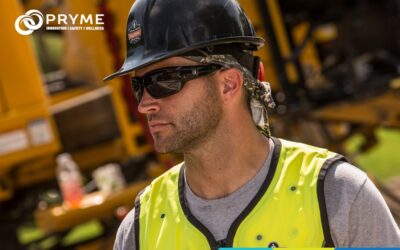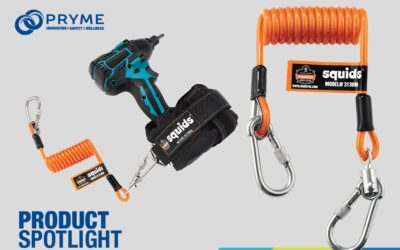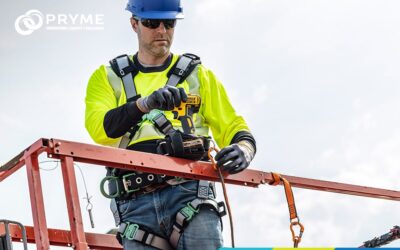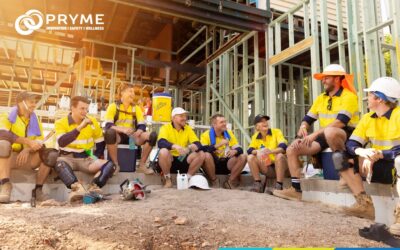Dropped Objects Prevention on Australian Worksites
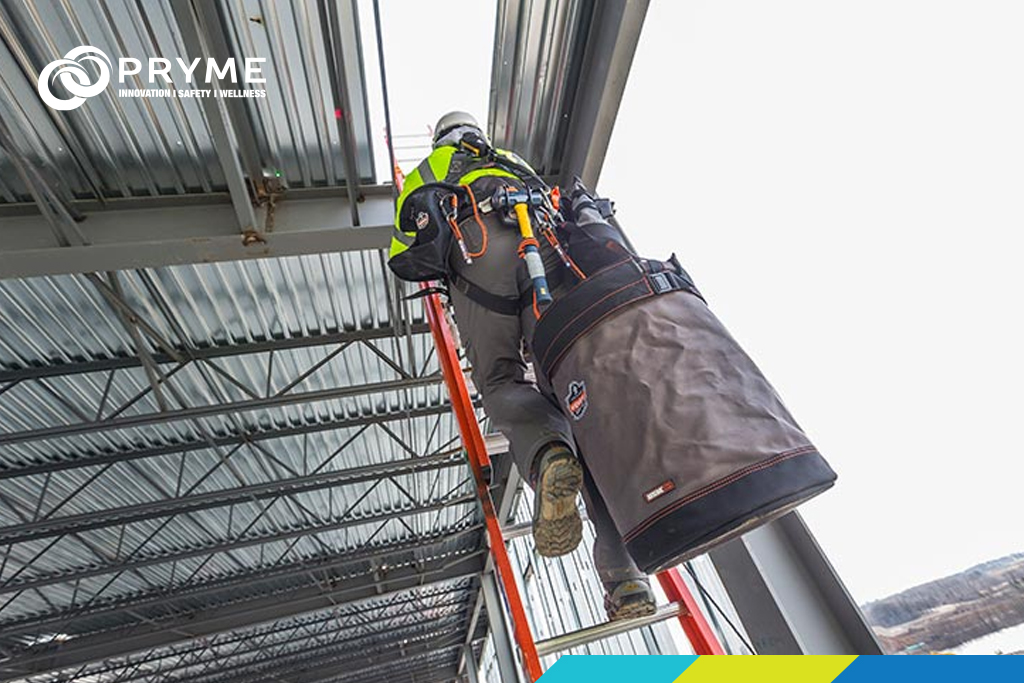
In the report, Key Work Health and Safety Statistics, Australia 2014, published by Safe Work Australia, deaths from falling objects have increased from 18 in 2009-10 to 30 as of 2011-12. The alarming rise in deaths from falling objects places Safety Professionals under more pressure to control falling object hazards.
Controlling hazards caused by falling objects are compounded by the range of potential hazards from lifting operations, to hand-held tools and equipment coupled with the propensity for human error.
Risks of Objects in Worksites
Controlling all the factors that can lead to a falling object requires a comprehensive program for both large and small objects. Large falling object hazards may arise from building structures, large objects stored at heights, lifting operations, and transfer and removal of materials.
While many falling object programs control large objects at heights, for smaller objects used by workers, such as hand-held tools and equipment, controls are not as widely known.
Small objects such as PPE, portable communication equipment, materials, parts and tools can all become a potential falling hazard if proper controls are not in place. Even a 1kg spanner dropped from a height of 4 metres will hit the ground travelling at over 30km/hr.
Therefore, acceleration of a falling object needs to be something to be concerned about. A small falling object can damage property or tools, including lost time recovering tools, and in the worst cases cause injury or fatality.
In the publication, “Managing the Risk of Falls at Workplaces: Code of Practice“, Regulation 34-38 of the Workplace Health and Safety Act 2011, requires employers to implement controls to minimise risks so far as is reasonably practicable.
Although this is the case, the Code does little in the way to account for hazards posed by small falling objects. In contrast, Safe Work Australia’s “Falling Objects Fact Sheet” does provide some guidance to control small falling object hazards, for example requiring all tools and materials be tethered or otherwise secured while working at heights.
The Ergodyne Solution
To help employers manage risks associated with small falling objects, safety and wellness solutions provider Pryme has partnered with specialist safety technology developer Ergodyne and HSE Consultants, to develop a best practice Small Falling Objects Prevention Program.
The program consists of a number of materials from risk assessment, to toolbox training sessions, policies, and procedures coupled with guides to aid in the selection of the latest in falling object prevention technologies to build your program.
Pryme’s Squids® Ergodyne Tool lanyards range allows workers to secure tools with a number of attachment options ranging from heavy-duty self-locking carabiners and barrel locks, to quick connect buckles. We also offer Squids® grabbers which are designed to hold gloves, rags, caps, water bottles and more close at handitems.
Ultimately, the success of a Drop Free Zone depends on the commitment of both employers and employees to prioritise safety. This can include investing in proper equipment and training, setting clear guidelines and expectations, and creating a culture where safety is everyone’s responsibility. By working together, employers and workers can help create a safer, more productive worksite for all.
We Educate. We Engage.
Toolbox Talks are a great way to engage workers to connect, share and educate on how to stay safe on site. Contact us today to schedule a free session for your team. See Pryme’s entire range of products to create your own Drop Free Zone here.
Categories
Recent Posts
- Innovation in Knee Protection: The Proflex® Hinged Knee Pads
- Celebrate Australian Made Week 2024 with Maxiblock Sunscreen
- MATES BIG LAP 2024: Get moving for your mates
- Understanding Heat Stress Risks for Outdoor Workers in the Tropics
- How Australian Businesses Can Prepare for Extreme Heat Events: Insights from KPMG’s Heat Report
Brands
- Ergodyne
- Sqwincher
Sqwincher is an electrolyte enhanced beverage for effective hydration and is the recognised leader in providing hydration solutions to hot workplaces, to help reduce heat related illness and accidents. Keep your workers safe and productive with Sqwincher hydration that works.
- Maxiblock Sunscreen

